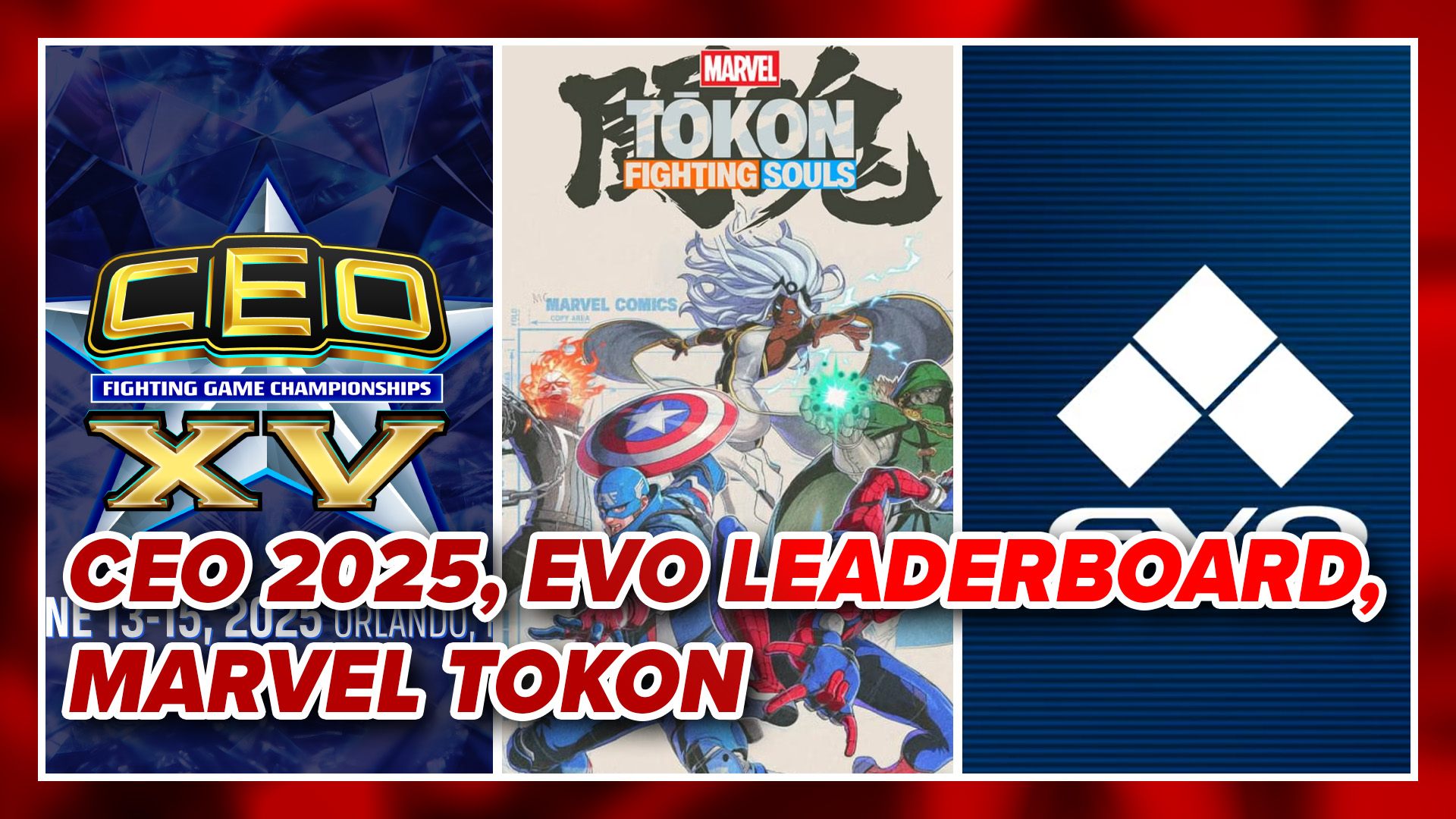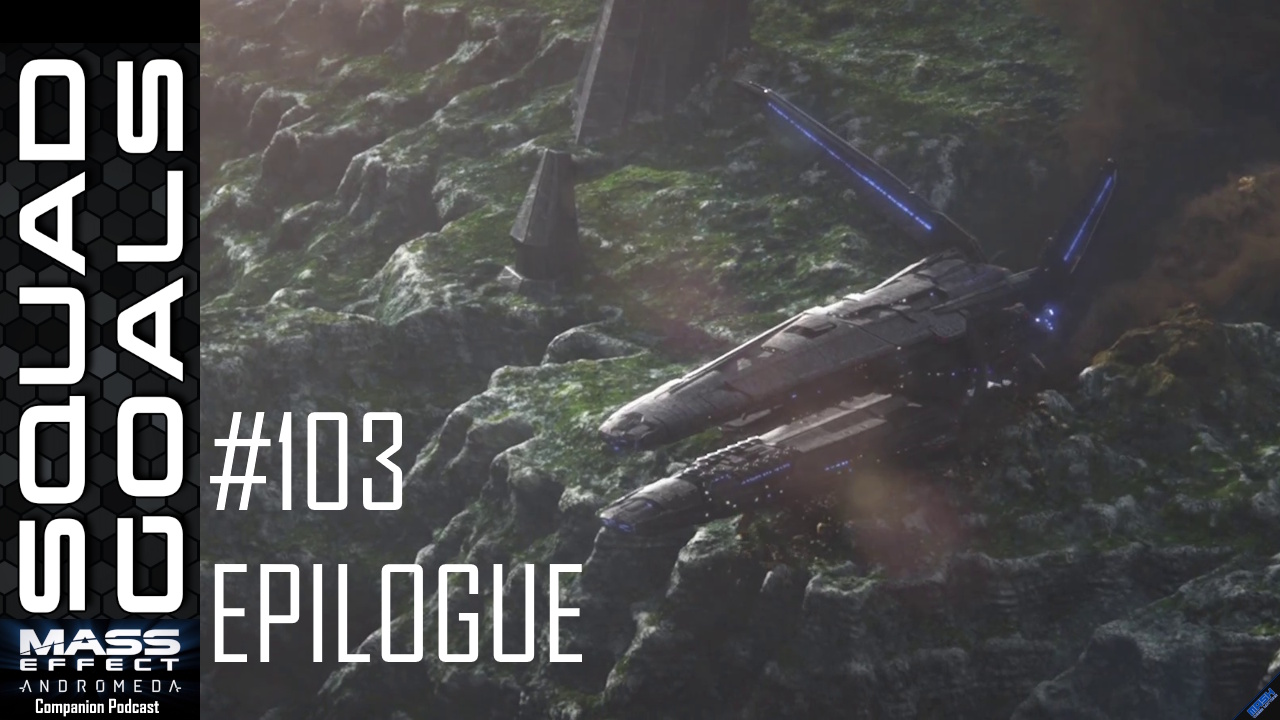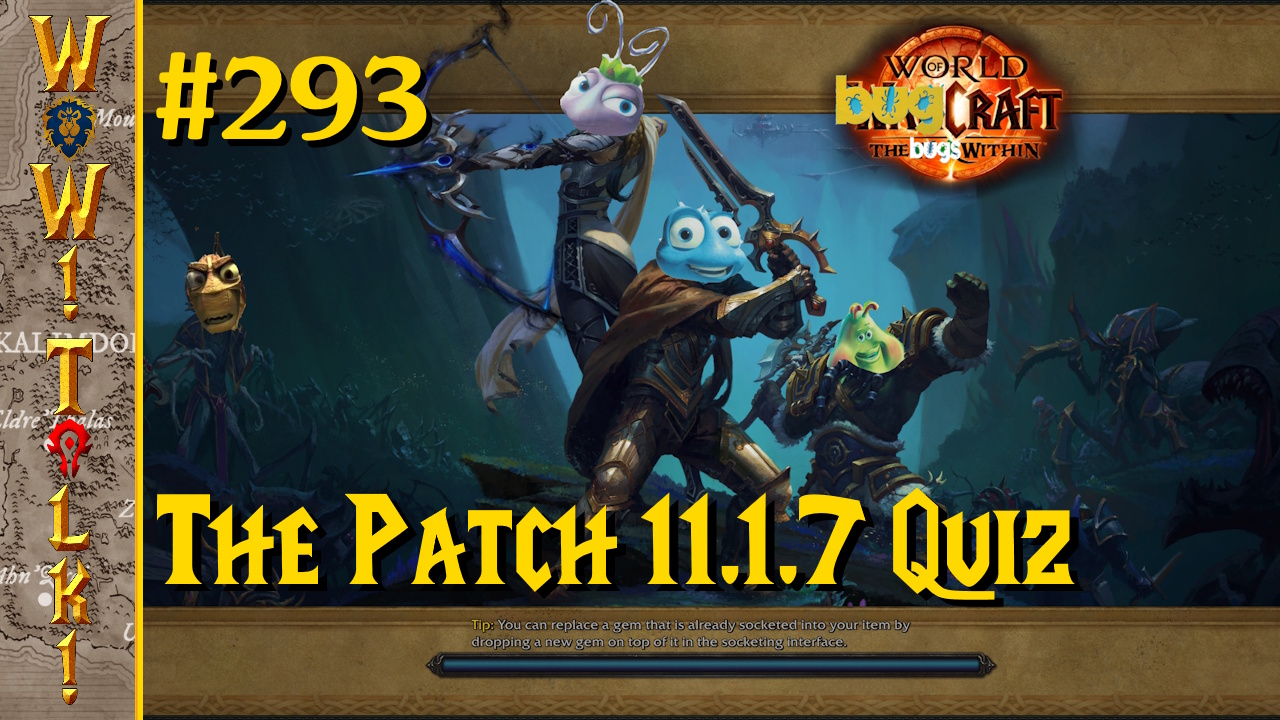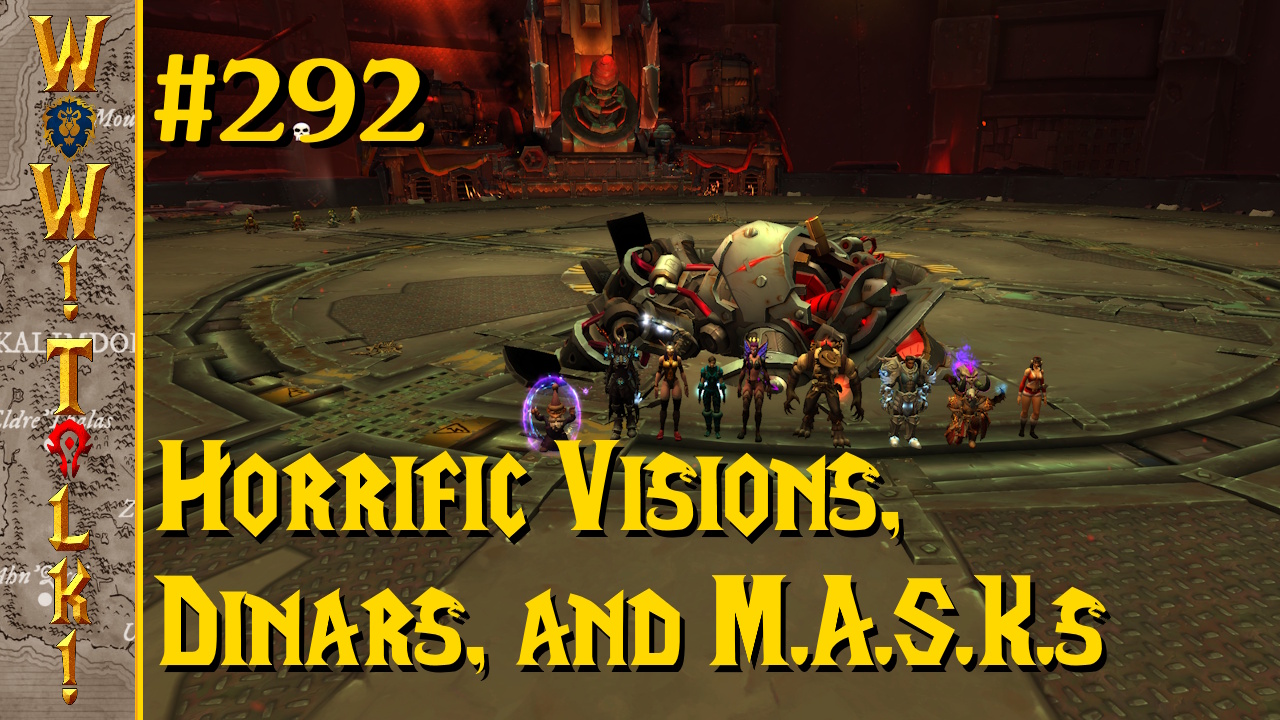
Spider-Man: Shattered Dimensions was a love letter to Spider-Man comics and to Stan Lee, the man most tied to the character. In Shattered Dimensions, the four playable variations of Spider-Man were given different visual styles that paid homage to their origins, and differences in play that acknowledged their similarities while playing up their differences. The game went so far as to feature Stan the Man himself as a narrator, and had a big, bold, yet lighthearted exposition, with an easy to follow story that was his trademark in the comics (though Stan didn’t write the story for Shattered Dimensions – Dan Slott took on those duties).
Spider-Man: Edge of Time takes a step back from the adoration and instead functions as a full-on modern day comic book story arc; one where you play the story instead of read it. To that end, there’s no narration outside of what the two Spider-Men provide while talking to themselves (or each other). The graphical style differences have been eliminated as well, due to the fact that (very mild spoiler alert) the two end up switching places in the timeline. It would have been a little jarring to have a cell-shaded Spider-Man running around in 2099, or the hyper-modern Spider-Man 2099 zipping around a comic book style present day.
The visual changes work out though as the models for the characters are fantastic. They are smoothly animated through all of their movements – both in and out of combat – and carry a lot of detail; these are easily the best looking Spider-Men I’ve seen on screen yet. Secondary characters like Anti-Venom, Black Cat 2099, and other story central personalities look just as good. Even the cannon fodder enemies look above average, although the animations are lacking on some.

The backgrounds and environments are far more of a mixed bag, however. The future of 2099 looks by and large the best, which is owed to the sleek architecture and technological look of the surroundings. It’s especially evident through the opening of the game, which has the player sneaking into Alchemax as Spider-Man 2099. The shiny metallic future structures come across much more clearly than the plain edifices of the present; Amazing Spider-Man’s universe just looks boring by comparison.
Another problem is that the environments don’t reflect any damage. And I don’t mean in the sense of battle damage, where environments take damage and change as you fight in them (although that would be nice too), I mean the sort from scripted events in the game. Through the early part of your time as Amazing Spider-Man, you’re confronted with Anti-Venom blowing up parts of the building as he struggles with the mind control that’s taking root in him. When those explosions happen they come with decent fire effects, along with dust and cinders floating through the air as after-effects, but the building just swaps from fine to being ruined. There’s nothing collapsing, no actual feel of really having the building get torn apart. It’s just an explosion masking a palette swap. It feels cheap in moments that should be more impressive, and there’s no reason for this sort of laziness.
Combat, movement, and event sequences are all good but similarly flawed as the graphical design. Combat was Shattered Dimensions’ strong suit, which made sense given how much of the game revolves around fighting. Edge of Time features just as much fighting, but taking on bad guys doesn’t feel as snappy. This is mostly due to a number of new adjustments to the combat engine that dramatically change the overall feel of the game.

Spider-Man 2099’s power has been changed from Accelerated Vision, which slowed down time, to Accelerated Decoy. This ability lets the player dodge an attack and leaves a copy in Spider-man’s place, which distracts enemies and draws their fire for a time. Amazing Spider-Man, who had no special in the last game, now gets a Hyper-Sense ability. This lets him dodge any incoming attack as long as the ability lasts.
In the case of both web-slingers, their specials are tied to a stamina meter that drains steadily upon activation. For doing things like using specials to escape or defeat enemies, your stamina bar goes into overdrive, which opens up the ability to do special combos once they are unlocked. Combat on the whole is more button-masher friendly which makes fighting easier to jump into, but action game perfectionists will feel a noticeable lack of depth. This becomes especially true due to the other combat changes.
In what was an effort to make those special moves seem more, well…special, developer Beenox opted to remove the dodge function from the game entirely. Unfortunately, the dodge function also served as a way to center the camera on an enemy (especially useful in boss fights), so that’s gone bye-bye as well. The loss of a manual dodge really steals something from combat; Spider-Man’s main strength is his amazing agility, and reducing it to a bar that dries up in a couple of seconds is completely out of character. The removal of the dodge also means that players will often lose track of enemies – or not be able to keep their attention on the most dangerous one – in combat, something that results in way too many cheap shots.
The Web-Strike is still in place for Amazing Spider-Man, but 2099 Spidey loses it in favor of a new distance move called Decoy Strike. It’s similar to the Accelerated Decoy, but in this attack the decoy darts out and strikes a nearby enemy. This changes the positional game for Spider-Man 2099, and on the whole makes him more stationary than Amazing. With his ability to dodge out of a situation quickly and reposition himself in a fight it doesn’t really harm things though, and whether someone likes the difference or hates it is a matter of preference. All in all, I actually had a much easier time in combat with the future Spidey, so take from that what you will.




